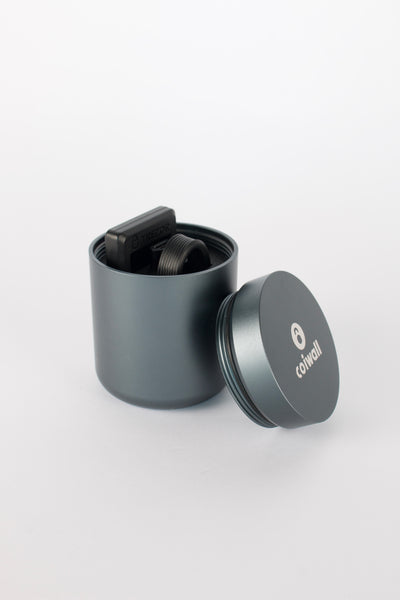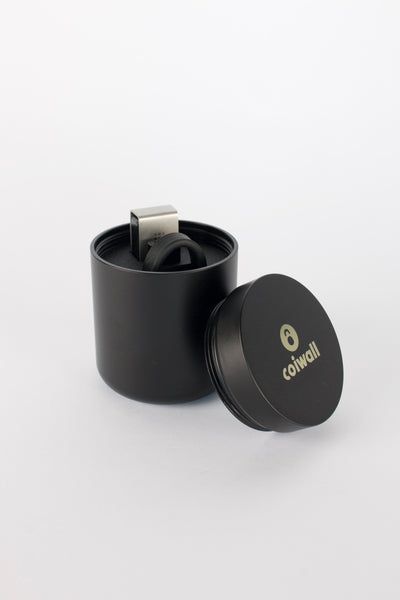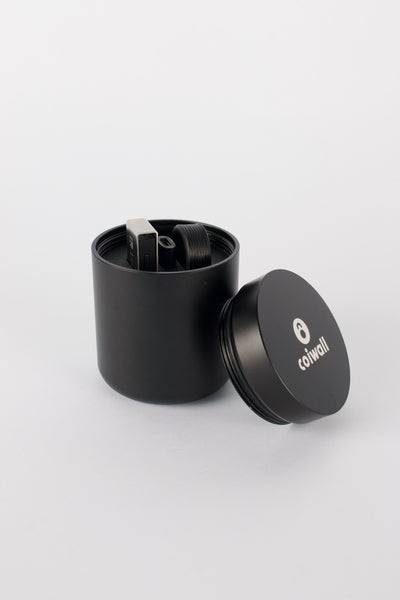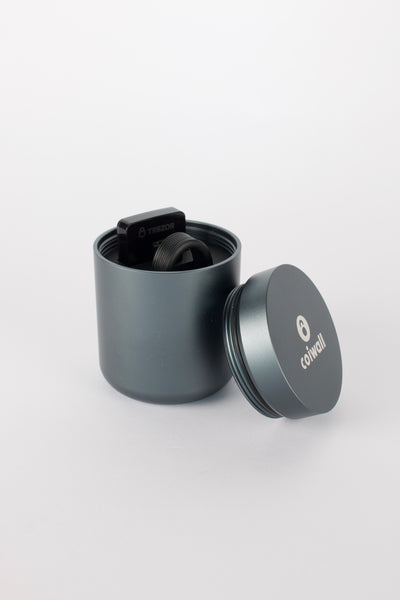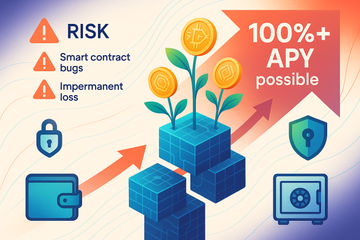If there’s one phrase that makes even seasoned crypto fans pause, it’s yield farming. What is it—a magic money lever, or a high-wired gamble danced over blockchain ledgers? Well, why not both? Let’s unravel the layers behind this DeFi sensation, sprinkling in some wallet wisdom and real-world tangents as we go.
You Lock It, You Earn It: But How Does Yield Farming Really Work?
Picture this: you’ve got a handful of digital coins—maybe some ETH, DAI, or something a bit more offbeat. Instead of tucking them under the digital mattress, you hand them to a DeFi protocol (think of protocols like Aave, Uniswap, or Compound, just to name-drop a few heavy hitters). In exchange for your contribution, you might get special tokens called LP (liquidity provider) tokens, which sort of act like digital IOUs.
And then things get interesting: you can take these IOUs and stake them (yep, that’s staking within farming, a real Russian doll scenario) into another protocol or farm. If it all sounds recursive, that’s because it is. Each layer adds a new twist, a fresh set of potential rewards—and, of course, an extra dollop of risk.
The Harvest: Where Rewards Bloom (or Sometimes Wilt)
Earnings are typically measured as APY—annual percentage yield. On paper, these numbers might look wild—100% APY or even more! But be wary; sometimes what you harvest isn’t quite what you expected. Crypto prices are mercurial. Still, the possibility of turning idle assets into profit is too tempting for many to ignore.
- Liquidity Pools: Platforms pool your funds to facilitate trades—think of it as being the house at a casino, taking a small fee each time a gambler trades chips for cash.
- Lending Protocols: Others borrow your crypto, and you get a cut. Sometimes the protocol’s token is the reward; sometimes it’s straight-up interest.
- Farm Hopping: Some folks eagle-eye for the best returns, hopping between pools and farms more frequently than a New York cab jumps traffic lights.
Key Hazards Lurking in the Fields
Honestly, it’s not all roses and digital rainbows. Yield farming isn’t just about counting up fresh tokens; it can get thorny fast. Here’s the thing: Every time you stake, move, or combine tokens, you’re handing over control—at least temporarily—to lines of smart contract code. Great when it works, devastating if there’s a bug.
- Smart Contract Risk: One typo, one overlooked vulnerability, and it could all vanish. Remember those stories about sudden million-dollar losses? Yeah.
- Impermanent Loss: Say you pool ETH and USDC. If ETH shoots for the stars or nose-dives while you’re locked in, you might lose compared to just holding.
- Regulatory Upheaval: Crypto’s legal landscape is, let’s be honest, still a Wild West. Laws change. Protocols can get shut down overnight.
So, why do folks keep coming back for more? In a word: potential. High risk, high drama, sometimes high reward—it’s an adrenaline shot for the portfolio, as long as you know what you’re signing up for.
Locking Up? Pick the Right Wallet First
Let’s take a short detour. You wouldn’t put your life savings under your pillow, right? Same logic for crypto. Before you even think about yield farming, you’ll want the right digital wallet.
For many, Trezor and Ledger are household names—well, at least in crypto households. These hardware wallets act like digital vaults, storing your private keys offline. Why bother? If a DeFi protocol gets hacked, your hardware wallet is still safe and sound, disconnected behind layers of security. Smart contracts can only touch what you let them, and a hardware wallet is like a virtual deadbolt on your house.
On the other hand, there’s MetaMask and similar browser wallets—easier to use, but a bit like leaving the window cracked open. Sure, you can hop between protocols in a flash, but there’s a reason serious farmers invest in a hardware wallet for bigger sums.
Yield Farming vs. Staking: What’s the Difference, Anyway?
The terms often get tossed around together, but they’re more like cousins than twins. Staking is about locking up tokens to support a network (think ETH 2.0 or Cardano), usually for a set return. It’s more set-and-forget—almost boring, but with less drama. Yield farming, on the other hand, is dynamic, swirling with choices: where to park funds, how to chase better yields, when to jump ship.
In short, staking is the dependable classic—yield farming is the shiny, unpredictable new kid. Sometimes, both coexist. Some even combine strategies for a wild ride (and, hopefully, richer returns).
Managing Risk: Smart Habits for Adventurous Farmers
You know what? Enthusiasm is great, but complacency is a killer in crypto. The best farmers aren’t just lucky—they’re obsessive about research:
- Read Up: Platforms should have strong reputations and thorough audits. If a protocol’s website looks like it was made in 2006, maybe steer clear.
- Track Gas Fees: Speaking of side quests, Ethereum’s volatile fees can nibble at gains. Sometimes, switching blockchains (try BNB Chain or Polygon) can be a smart move.
- Limit Exposure: Ever heard of 'don’t put all your eggs in one basket'? It’s gospel here. Spread risk across platforms, tokens, and strategies.
- Start Small: Tempted to splash out? Begin with lower stakes. The learning curve can be steep, and mistakes with micro amounts hurt a lot less.
Keeping a Level Head – And an Eye on Trends
While new trends—like auto-compounding farms or algorithmic stablecoin pools—crop up almost weekly, it pays to be wary. Protocols rise fast and sometimes flame out faster. Keep your ear to the ground (Crypto Twitter and Discord are great for this), but trust your instincts if something smells fishy.
The Final Yield: Is It Worth Getting Your Hands Dirty?
Yield farming isn’t for everyone. It’s exciting, sometimes dizzying, and it rewards nimble, well-informed participants. If you relish crunching numbers, weighing risks, and thinking ten steps ahead, this corner of crypto might feel like home. On the flip side, if you prize sleep and stability, staking—or even traditional holding—may be more your jam.
Either way, treat yield farming like any high-stakes experiment: measure, adapt, and never invest more than you’re willing to lose. And hey, stash your keys in a Trezor or Ledger before taking the leap—because in crypto, fortune favors the cautious… and the well-prepared.

